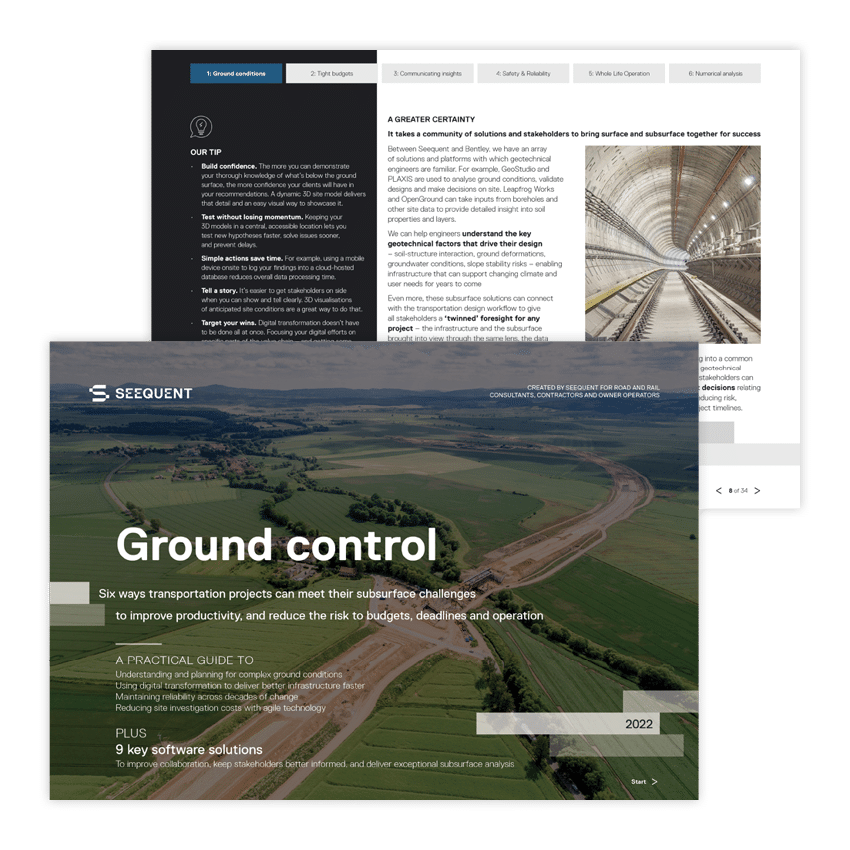All around the world, legacy transportation infrastructure is showing the strain of age, but still has to keep running – reliably and safely. Can owner operators approach their data differently to stand a better chance of solving these challenges?

Joshua Johnson
Senior Product Manager, Transportation, Bentley Systems
How can transportation owner operators relieve congestion, improve reliability and maintain safety when they are dealing with legacy infrastructure that has so many miles on the clock?
Not only is much of the transportation infrastructure we use today starting to age out, but it’s also had to cope with traffic volumes far in excess of those originally imagined for it.
Yet there’s a public expectation that it will keep running smoothly, even beyond its expected lifecycle.
Meanwhile, we live in a world where natural disasters and climate change seem to be placing ever greater strain on transportation infrastructure, with no sign of those stresses easing.
Long term safety is about more than repair
Traditionally the approach has been to focus on condition; fixing faults and returning road or rail assets to the condition they were in before things went wrong. But the search for long term safety is about more than repair. It requires a shift in mindset, from reliability to resilience – and that’s especially the case when it comes to the part that data can play.
Infrastructure owner operators can plan ahead and forge the resilience they need by looking at all their data much more holistically, and considering not just its use today, but how someone else might be needing it in 10, 20- or 30-years’ time.
They’ll need to collect every piece of data they can, and federate it in a way that allows for major, holistic decisions about their assets.
This search for long term resilience and safety requires a new hunger for data. We’re going to want to collect everything we can, whether it be from design, regular monitoring, a construction inspection or whatever, then retain it and reuse it in as many ways as possible. Because if we don’t need it now, somebody else somewhere down the line will.
Subsurface interactions are a critical part of the data mix
And that will mean not just collecting the surface data about the asset itself, but also the subsurface data – the ground it’s built on and how that might be modified by generations of overlaid construction, or impacted by climate change, floods or earthquakes.
This is a challenge because the distance transportation corridors are constructed across, and the multiple terrains they cover, inevitably lead to gaps on subsurface understanding along the route.
Therefore solutions with an open approach to data, that can accommodate information from a wide range of sources – from boreholes to geophysical surveys – will become increasingly important for owner operators as they seek to extend the serviceable lifetimes of their assets, and ensure their safety along the way.
For the full version of this feature, with more ideas, practical tips, product suggestions and a case study, download our eBook.






